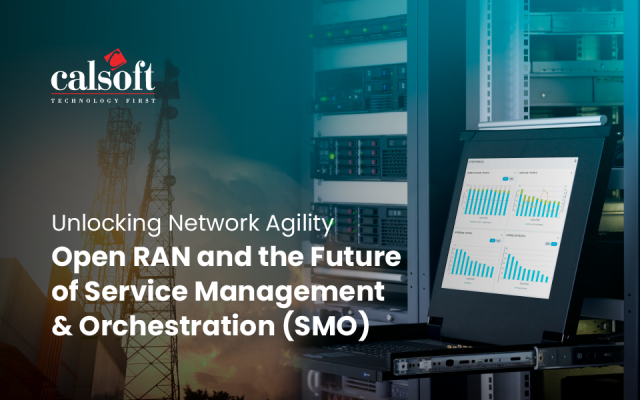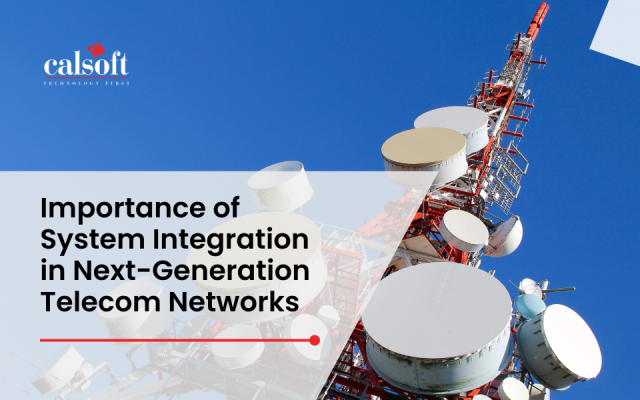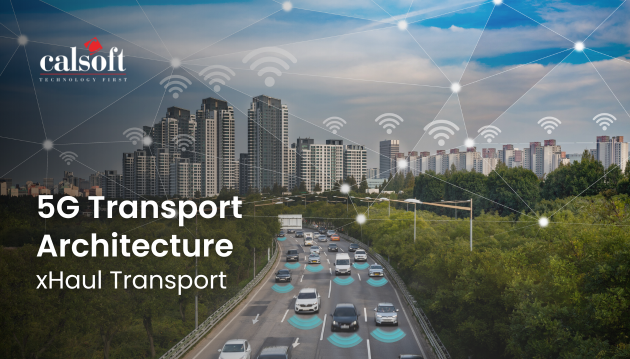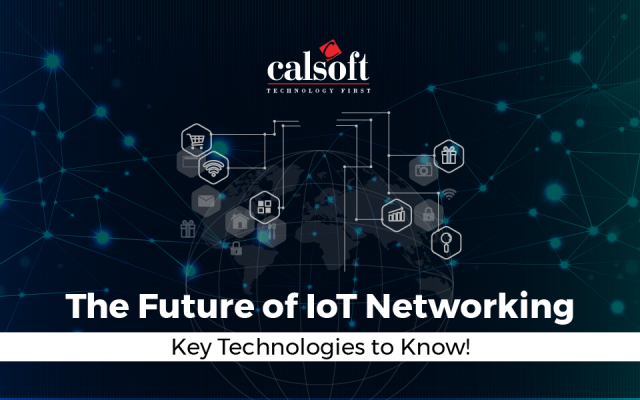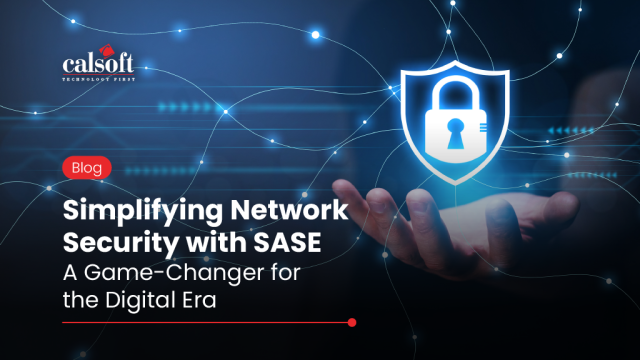Those of you who have been kind enough to follow Calsoft may know of the wonderful blog our folks over in pre-sales and marketing put out on a regular basis. The content is of a uniformly high quality and focused on the technology. Despite that there have been regular calls from my marketing team as well as from others I meet to start a blog of my own. I have resisted – only partly because I was not really sure of what fresh perspective I could bring to the activity. In recent times though, it’s become quite apparent that the technology has a business side that is perhaps just as important. Now that this “fresh perspective” has presented itself I guess I have no choice but to fall in line with my Marketing team’s gentle prodding so here goes.
In this, hopefully regular, series of posts I will try to focus on the area of overlap between the business and technology issues that our customers in the Storage, Virtualization, Cloud and Networking product space and their end users would care about. I, and other members of our management team, regularly meet both market leaders and the most exciting startups in this space. This is a space we have been serving for over 15 years and we have a unique point of view courtesy the wide variety of products we have contributed in the development of over that time. Let me first stick my neck out and deliver some predictions and let me not stray too far from home base while doing so. A lot of the conversations I hear when I travel are in one of these three areas and this is what I hear:
Storage
There is a lot of hype about Hyper-Converged Storage now and with good reason too given the drive in Virtualization technology development and adoption. Nutanix has already crossed the $ 100 Million revenue run-rate and even the folks over at IDC project that the market for Integrated systems will grow almost three-fold over the next couple of years to nearly $ 14.3 billion and that much of this growth will be done to Hyper-converged storage.
What about SSD and Flash Storage? You can’t escape Moore’s law – SSD adoption will keep growing as will reliability and application but there are just as many valid use cases for hard drive based Storage solutions – you can’t wish away such a widely deployed technology. There is also a fair amount of innovation still visible in this space – Shingled Magnetic Recording (SMR) and Heat Assisted Magnetic Recording (HAMR) as examples of ways to increase drive density Software-defined Storage is also an area that is seeing a lot of innovation – especially from startups. There is already a fair amount of activity in the Open Source with already a reasonable amount of business support – more Enterprise adoption seems likely to follow. VMware vSphere 6.0, VVOLs and VSAN merit mentions. VMware and EMC is driving the market a lot. Server Virtualization vendors are obviously suited to the space as compared to the traditional storage companies. I also expect that there may well be some attention given to some familiar names too – network backbone technologies like Infiniband and Ethernet. The fact is storage is getting faster – the network backbone will obviously have to keep pace.
OpenStack
After 5 years of being around will this be the year that the Enterprise fully embraces OpenStack? Most will agree that this move went slower than expected last year but there are some signs that some large enterprise sectors are looking seriously at OpenStack – telecom and Retail for example. The other story that most seem to be highlighting is VMWare’s growing fondness for OpenStack – the growth of their OpenStack product has been quite positive and they seem set to continue that focus into this year. Like last year – it’s definitely worth keeping a close eye on this space.
Cloud
A lot of the focus here is on Docker – more containers seem headed our way and hence more applications on the Cloud. A desire to become more accepted within the enterprise seems set to further drive Hybrid Cloud Strategies like Azure joining Docker. Such strategies seem set to allow even the smaller enterprises leverage the Cloud better. Another interesting space to watch will be Cloud Storage – this seems set for some churn with the kind of pricing models out and about now. We have already seen some high profile exits – Backup Exec for example and more seem destined to join that list.
So that’s my mini predictions for some of the sectors we care about the most. I know not all of these will come through – what I do know is that there will be a lot of activity for sure. What do you, the readers of this post, think will dominate the Storage headlines over the rest of this year?
To know more email: marketing@calsoftinc.com
Anupam Bhide | Calsoft Inc.

